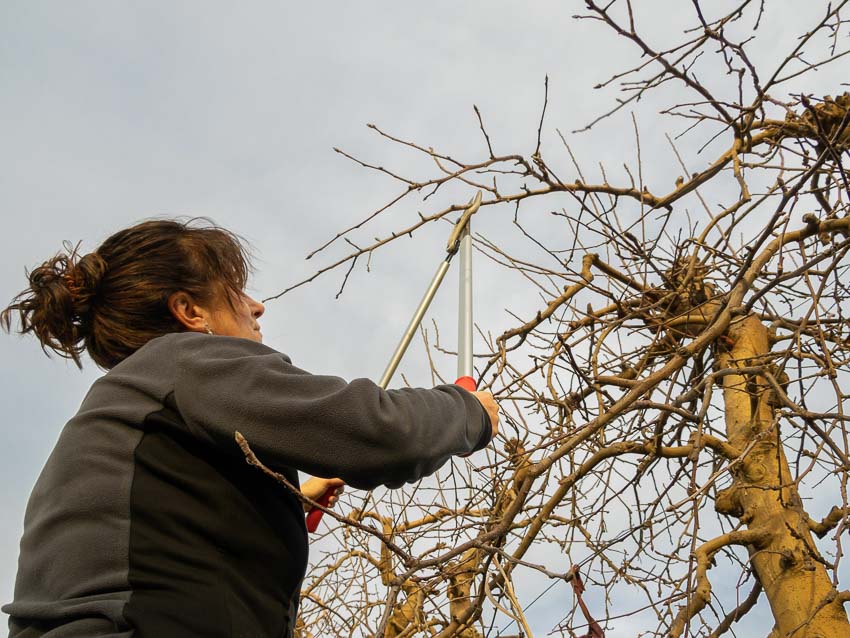Dormant pruning trees in winter is a common practice among professional arborists and experienced gardeners. Winter is the best time for pruning your trees in the Midwest, and many yard enthusiasts look forward to this chore because it signals that spring is just around the corner.
Introduction to Tree Pruning
Learn more about what pruning is, the tools you should use, and seasonal variations in pruning for various types of trees.
What is Pruning?
Pruning is selectively cutting away parts of a plant, shrub, or tree to change its form and shape. You can prune any time of year to remove dead, damaged, or diseased parts of plants. However, people often do it in the winter for selective pruning because it is easier on the plant.

You can choose from several types of tools. What you use depends on the diameter of the branches and the types of plants you’re pruning. The most common tools of the trade used for pruning include hand pruners, loppers, and hand saws. However, some arborists also frequently use pole saws, chainsaws, as well as axes and hatchets.
Pruning Throughout the Seasons
Why is winter the best time for tree pruning?
Trees are dormant during the winter, so they have plenty of time to recover before flowering. Once they start growing, they can put all their energy into new growth. It’s also easier to see their shape and form when they don’t have any leaves.
Seasonal Variations in Pruning Needs
Dormant tree pruning during the winter is the most common method in the Midwest because trees have energy reserves to heal their cuts. When you prune trees in the spring after their sap has started running, it takes them longer to heal.
Another advantage of pruning in winter is that insects are dormant at this time. Pruning cuts can make trees susceptible to insect infestations. Moreover, it’s less likely to be a problem when they are dormant during pruning.
Optimal Timing for Various Trees
Winter pruning is best for most trees. Even so, some trees fare better if you prune them at other times of year. Here are some notable exceptions to pruning in the winter:
- The best time to prune spring flowering trees and shrubs like dogwoods, redbuds, and magnolia is after they bloom. This is because they bloom on old wood that was grown the previous year, and you won’t get any flowers if you prune them in the winter.
- Cherry trees should be pruned in late summer after they bear fruit.
- Except for pine trees, the best time to prune evergreens is in late winter when they are dormant. The best time to prune pine is May and June.
- Diseased, damaged, and dead wood can be pruned at any time. Unless it is something that can be healed, you should always remove damaged limbs as soon as possible, no matter what size they are.
Importance & Benefits of Pre-Winter Tree Pruning in the Midwest
Sometimes you must prune your trees in late fall to early winter to mitigate damages. You can prune dead, diseased, or damaged limbs any time of year.
However, if you have to prune in late fall, it’s best to prune your trees after the leaves fall in early winter and avoid over-pruning.
Winter Hardiness and Health
One of the worst times to prune trees is in late summer and early fall. In the autumn, trees send their energy to their root systems to use as reserves when they come out of dormancy in the spring. If you prune in the fall, you reduce the amount of nutrients they can set aside for the winter.
Pruning your tree in early winter can also cause the incisions to dry out when the temperatures drop below zero. Usually, if you at least wait until the sap stops flowing and the tree is dormant, you won’t have these problems.
Structural Integrity and Safety
There may be times when you need to prune in early winter to reduce hazardous limbs and ensure that your trees are stable during winter storms. Especially with some fruit trees that bear heavy loads in the fall, it can help to cut back damaged limbs.
While it’s not ideal to prune right before winter, protecting the tree’s structural integrity and ensuring it is safe takes priority.
Benefits of Winter Tree Pruning in the Midwest
Why do we prune trees? Pruning your trees back has several benefits, especially while the trees are still young and you’re trying to shape them. That’s not all, however, as there are many more benefits of winter pruning.
Advantages of Pruning During Dormancy
Pruning your trees while they are dormant minimizes the stress on the tree and encourages robust growth on the remaining limbs. Learn more about the practicalities of pruning your trees.
Minimizing Stress on Trees
Pruning during late winter minimizes the stress on trees because they are dormant. They aren’t in growth mode, so it won’t set them back.
Dormant pruning also leads to optimal wound closure, especially if you make cuts at 45 degrees, which will help pruning wounds heal even faster.
Another point to consider is making cuts about ½ inch away from the next bud or growth node, which will encourage the cuts to heal better than if you cut too close to the bud or leave a long stub by cutting too far away.
Encouraging Robust Spring Growth
A major benefit of pruning in the winter is that it encourages robust growth on the limbs you leave. Because more energy is available for the remaining limbs, they grow better.
When pruning, notice the difference between inward and outward-facing buds. How you cut your tree branches will determine which direction new shoots grow in. If you prune back to an inward-facing node, the new branch will grow towards the center of the tree. Conversely, you will encourage outward growth by pruning back to an outward-facing bud.
Practical and Logistical Perks
There are some other, more practical reasons to prune, including visibility, accessibility, and pest control.
Visibility and Accessibility
Unless you’re pruning an evergreen or an oak tree, pruning during the winter lets you see the tree’s structure, and it’s easier to make decisions that will affect its shape and form.
If allowed to grow wild, most trees will have crisscrossing branches, and many types of fruit trees, especially apples, get so tall that you can’t possibly pick all of the fruit. When they are properly pruned and shaped, the fruit is much easier to pick.
Another benefit of a well-pruned tree is that it’s aesthetically pleasing and complements the rest of your landscape.
Pest and Disease Management
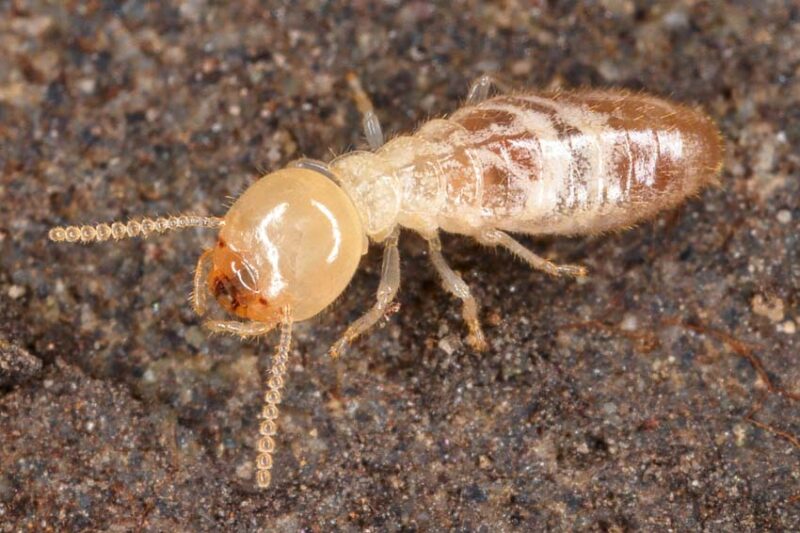
Pest and tree disease management are important practices.
Pruning your tree allows more light and air into the center, making it less susceptible to diseases and pests. It’s also much easier to access a tree that has been pruned so that you can treat it with insecticidal soaps and pest control products.
Tips and Techniques for Winter Tree Pruning in the Midwest
Pruning a tree can be a little intimidating for beginners. The key is to assess your tree before you begin, use sharp tools, and take your time.
Tips For Pruning Fruit Trees in Winter
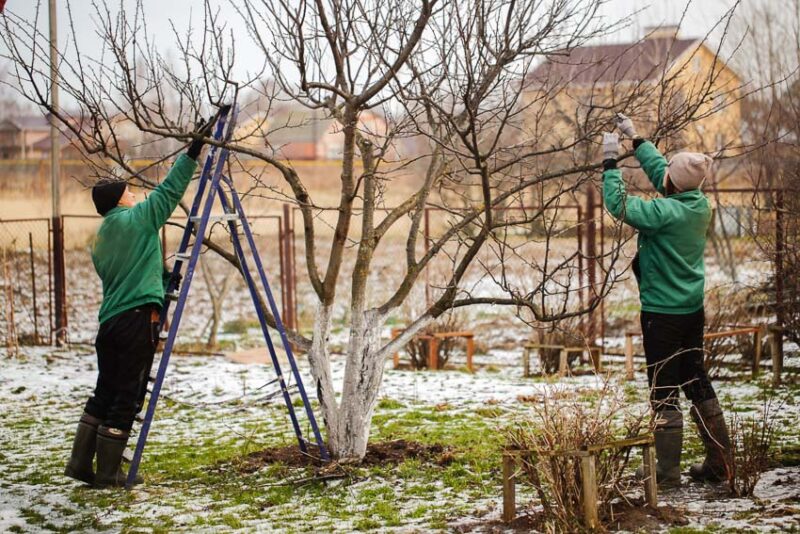
For many fruit trees, dormant pruning is the best option. However, as a rule of thumb, stone fruits like peaches, cherries, and plums are best pruned during the growing season, usually from April to August. If you prune these trees during the fall and winter, you risk exposing them to infections.
Follow these guidelines to prune your fruit trees:
| Type of fruit tree | When to prune | Pruning tips |
| Apples | Late winter or early spring | Use moderate pruning to keep the tree’s shape open. |
| Apricots | During the growing season | Typically grown with an open center for easier access to fruit. |
| Cherries | During the growing season | Use the open-centered pruning method by removing the central leader after young cherry trees are established. |
| Peaches | Late spring, but before blooming | Remove approximately half of the previous year’s growth. |
| Pears | Late winter or early spring | Use the same pruning and training methods for pears that you use for apples. |
| Plums | During the growing season | Plums don’t require as much pruning as other trees. |
Looking to get rid of a tree entirely? Check out our Guide to Tree Removal Costs!
Assessing Tree Health and Pruning Needs
No matter what age your tree is or what kind of shape it’s in, start by checking your tree’s health and pruning needs.
Identifying Problematic Limbs
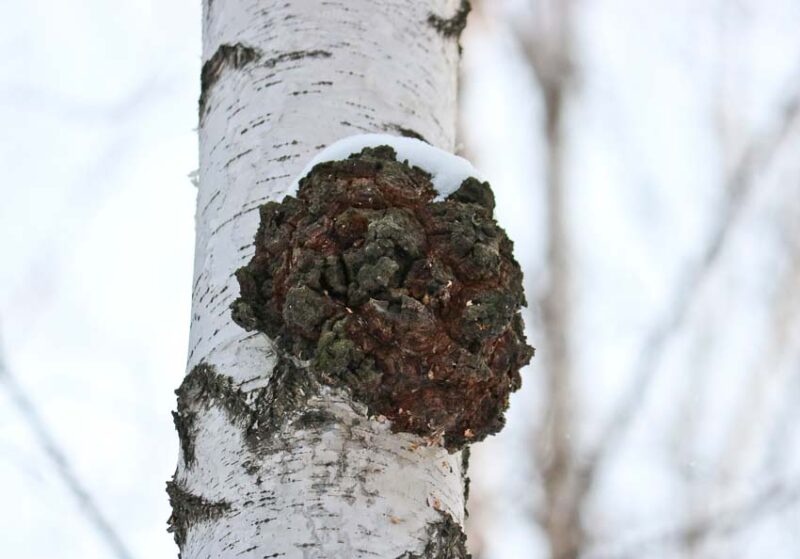
Remove diseased and damaged limbs first. Since the tree is dormant, this may not be easy to spot initially.
If you’re unsure whether a limb is dead or dormant, gently scratch the bark to expose the inner layer of the bark. If the branch is alive, it will be green. The inner layer will be brown, dry, and brittle if the limb dies.
Also, look for signs of insects and diseases by noticing lesions, dark spots, and egg masses of tent caterpillars and remove them by pruning infected limbs.
Evaluating Tree Vitality
Once you remove the problematic limbs, you can further assess the tree’s vitality. Step back and take a look at the shape of the tree, paying attention to any limbs that cross inwards
Effective Pruning Strategies
You should never prune more than 15% to 20% of your tree at one time. If your tree is in bad shape, make a long-term plan and address the worst problems first.
- Foster desired growth patterns by making outward cuts that manipulate the tree to branch out more fully.
- When branches are crisscrossing or rubbing on each other, take out one of the branches. This will open the tree’s center up and keep branches from rubbing on each other and creating wounds.
- Always cut back to a bud, node, or branch. If you leave a stub at the end of a branch, it will die back and be more susceptible to disease and insect infestation.
- Protect the leader on young trees and reduce competition by pruning back secondary leaders.
- Prune growth on lower limbs to expose more trunk.
- Use small scissors or a sharp knife to cut suckers at the base of the tree.
You want nice, clean cuts that will heal quickly, so another important tip is to use a 3-cut method when cutting branches.
- The weight of the falling limb can tear the branch when you cut, so start by making a wedge cut underneath the branch a few inches away from the targeted cut.
- Then, cut farther up the branch, about six inches from the stem.
- Finally, you can make a nice clean cut about ½” from the branch or node to remove the excess.
Safety and Best Practices
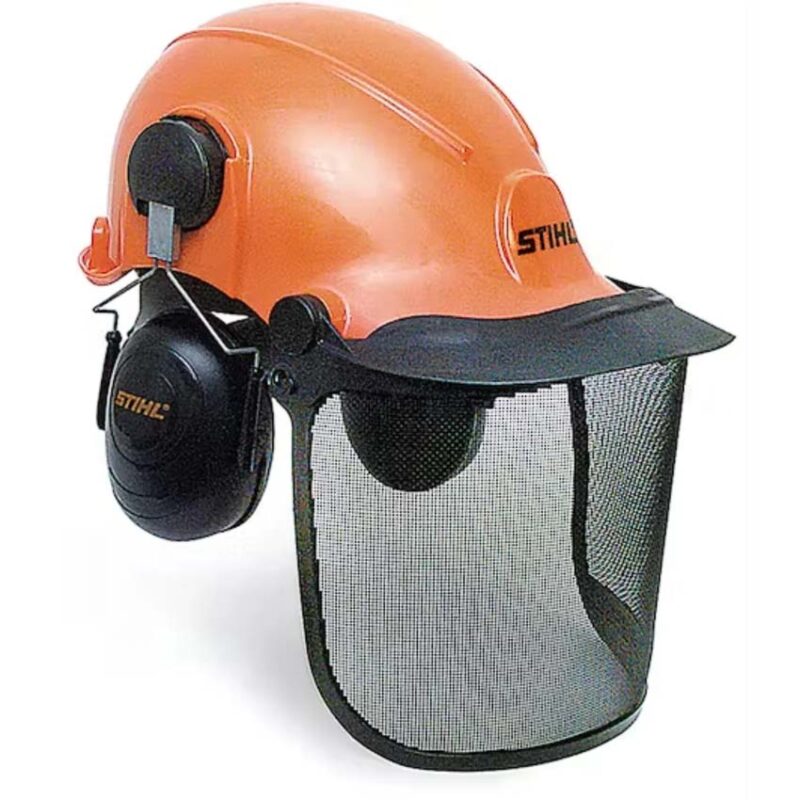
Pruning can be dangerous because you’re working with sharp tools. You may also need to use a ladder or stand on uneven ground, increasing the potential for safety hazards.
Stay out of harm’s way with our Chainsaw Safety Tips for Homeowners and Pros!
Employing Proper Tool Usage and Care
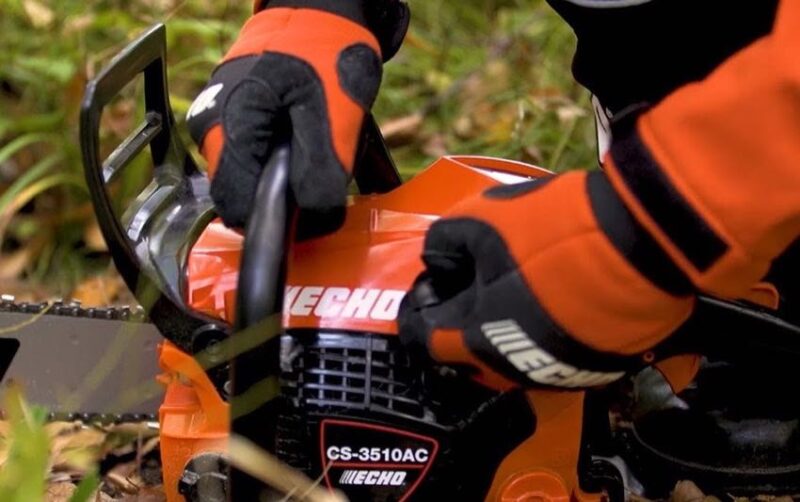
There’s a reason that professional tree trimmers show up with an arsenal of tools and ladders. There is a tool for every job, and you may need to use everything from small hand pruners to a pruning chainsaw.
Keep your gear running with our Chainsaw Maintenance Tips!
Ensuring Personal and Property Safety
It’s also critical to wear proper safety equipment when pruning. You should have a hard hat because small limbs can be quite heavy, and since they are up high, there’s always the chance that they can hit you in the head.
When pruning trees, you should also wear long sleeves, pants, work boots, gloves, and protective eyewear.
FAQs About Pruning Trees in a Midwest Winter
When is the best time to start winter pruning in the Midwest?
In the Midwest, dormant pruning, also known as winter pruning or spring pruning, is usually done towards the end of winter, from mid-February to March.
How can I determine which branches I need to prune?
When pruning your tree, the goal is to open it up to let in more light and air, encouraging leaf growth, more flowers, and heavier fruit yields. Start by removing dead and damaged branches, then remove branches that grow inward or cross over each other. Avoid over-pruning, which can damage your tree.
Can you prune all tree species in the winter?
Generally, pruning in the winter is the preferred time for deciduous and evergreen trees and shrubs, but not all of them. If you’re unsure about a certain species, it’s best to research for more specific recommendations.
What should I avoid when pruning trees in the winter?
When pruning trees in the winter, avoid pruning too early, which can cause branches to die back. You should also avoid pruning if the forecast has significant weather changes. Try to prune when the temperature will likely remain constant for the next couple of weeks.
How does winter pruning impact spring blooming?
While most trees do well with winter pruning, you should avoid dormant pruning some types of early spring flowering trees that bloom on old wood from previous years. If you cut them before they bloom, you’ll cut off the blossom nodes, and you won’t get any flowers. Otherwise, for most trees, winter pruning will invigorate them, promoting new growth on the branches you keep.

